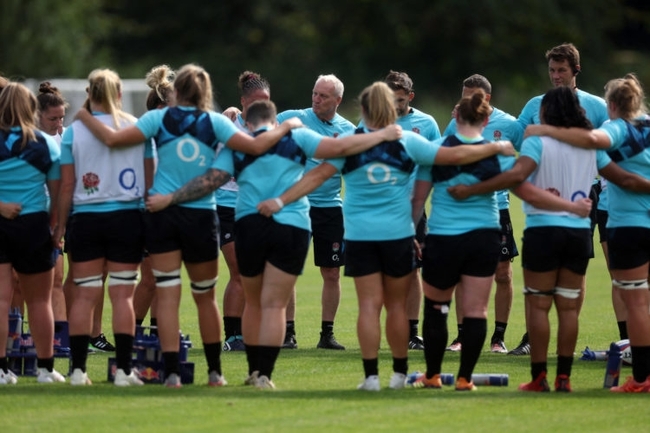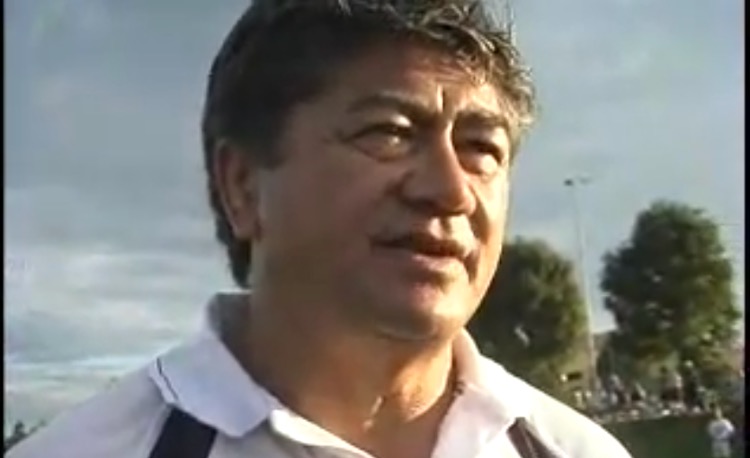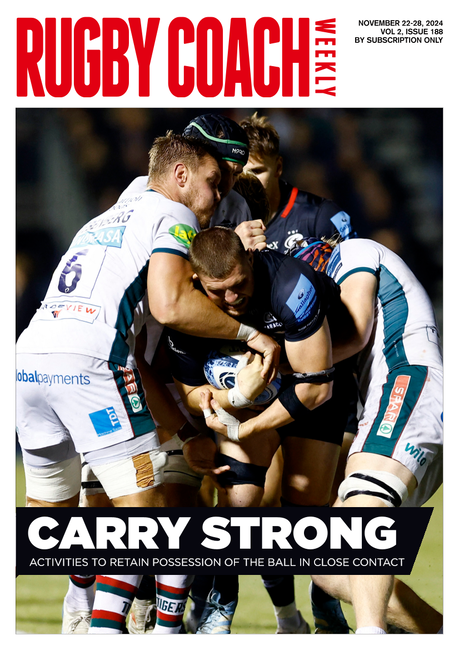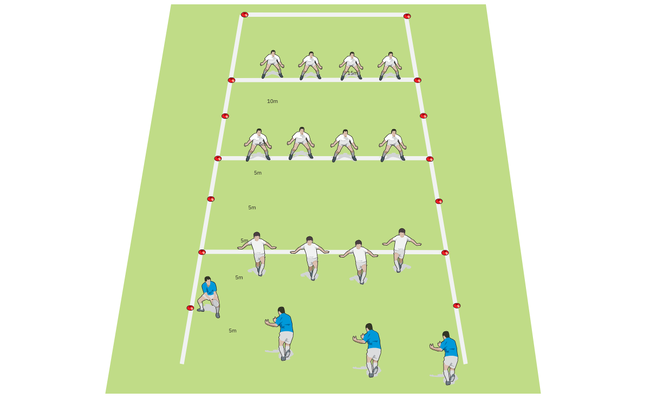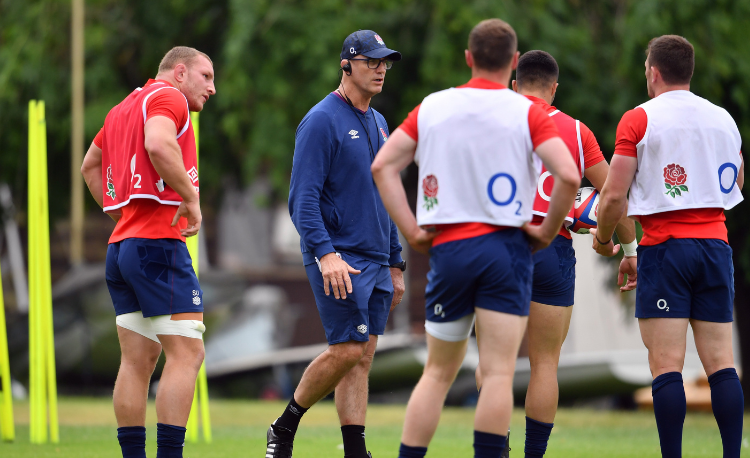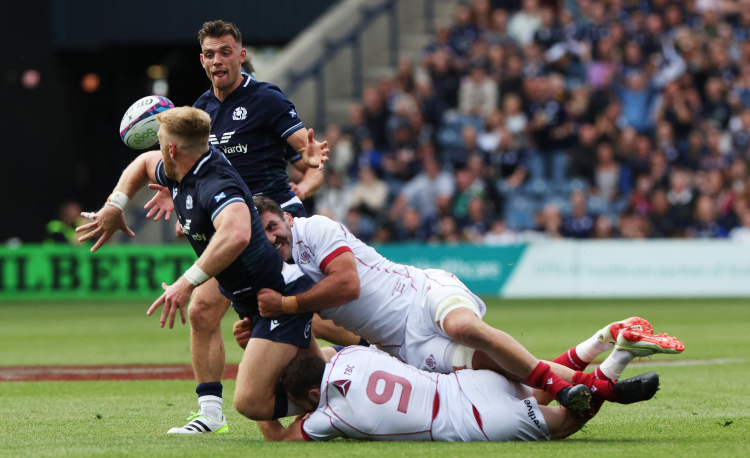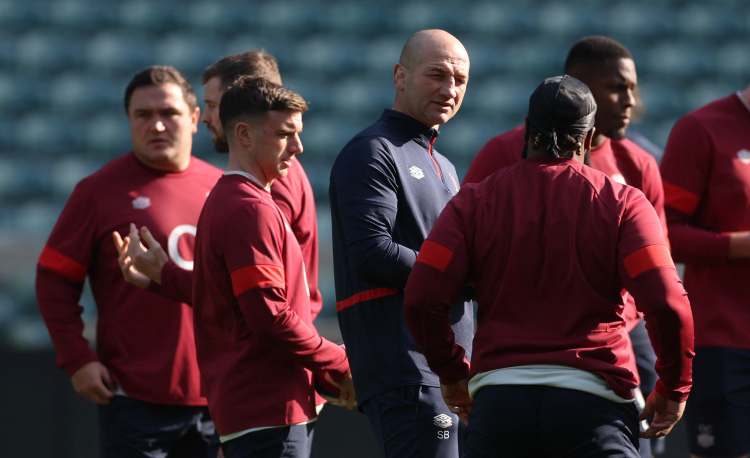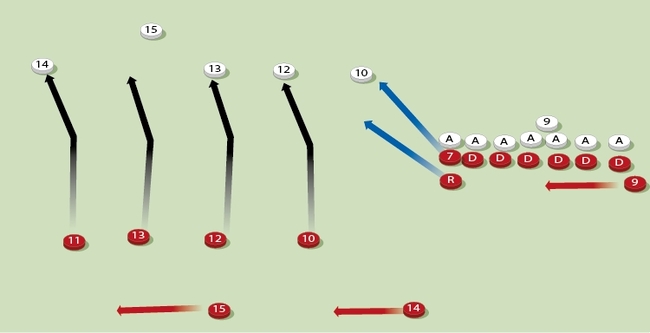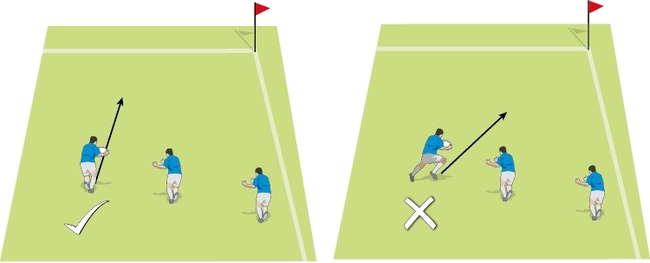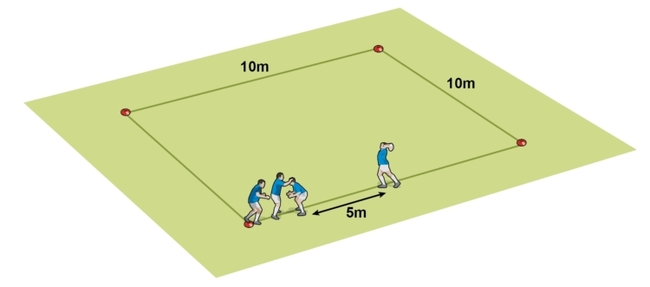6 top tips to embed skill development
KEITH BOATMAN, technical consultant and head coach across both adult and school rugby, shares a number of ways for improving performance in training.
With limited time at training, you want to maximise the opportunities for players to improve their ability to perform.
Here are six ways that I find pay dividends during a session, especially when looking to build skills and embed learning...
01 - Teaching a skill or action
For skills like passing or tackling, use repetitive block training, with a small group of players in a ’skill zone’, or set of drills, as a segment of the complete training session. Ideally keep it down to 20 minutes or less.
Randomise the learning so it is varied. For example, to develop spin passing, get the players to pass left, right, stationary and on the move, all at different distances.
Move into a game quickly within the skill zone, so you maintain maximum concentration and interest, leading naturally into the game zone.
02 - Learning how & when to apply skills/actions
This takes a little more time, and generally starts after you have completed a skill session with a player Q&A.
Ask questions: What have you learned? What do you feel more or less confident in when applying this action? How would you use this action effectively in a game? When would you not use it?
This can be developed in the skill zone with opposed competition, where players may fail.
Start with easy application, like opposed passing 3v1s. Increase the difficulty with 3v2s. Step up to 3v3s but finish with success. Be flexible by dropping down to 3v2s again.
Use a constraints-based game, where the rules force players to regularly apply the skills they have learned.
03 Develop confidence to use skill or action
After a quick recap, player demo and Q&A, I’d move straight into a constraints-based game, but observe some key coaching points:
- Coach on the go, ideally with two or more coaches. Pull players out to praise them and ask why they applied the action and why it was successful at that moment.
- Avoid saying “hard luck”. Ask players why they think it did not work.
- Developing players’ confidence may be as simple as running the ’captain’s run-through’, where they are able to apply the skill with little or no pressure.
04 Correcting a fault or action
Again, try to do this in a game-based environment, but run a small skill zone for remedial training, in parallel.
Be direct, concise and fair. Explain the likely consequences of a fault and how to correct them. But do listen to players’ concerns.
Use the ’sandwich approach’. Tell them what they’re good at, what needs improvement and how effective they could be.
05 Building a common understanding or fit
How does the new skill or action fit into your team’s play? How will the players use it in a game?
Often, you will have practised unit skills separately. You must, at some point, get everyone together so that everyone understands the goal.
Using a whiteboard in the changing room, or a team PowerPoint presentation, can be very helpful, if you have time. If not, find a way to send it to their phones.
Explain how the skill or action can be used within your game model or playing philosophy and get someone to film it on their phone and share it on your team WhatsApp group, or via Dropbox or similar.
06 Developing sequenced plays
This is where several moves or unit actions are linked together, either in attack or defence.
These can be very effective, and quick and easy to learn, but each component move requires a level of mastery first. I don’t work on these until my second season at the club, preferring to find quicker wins with basic skills and their appropriate application.
Start with one sequenced play in attack. Walk through with the whole team, and then use it in an unopposed run-through before developing it into game play.
Stick with a maximum of three sequenced plays. Concentrate on understanding where and when to use them, and then on excellent execution.
Related Files
Newsletter Sign Up
Coaches Testimonials

Gerald Kearney, Downtown Las Vegas Soccer Club

Paul Butler, Florida, USA

Rick Shields, Springboro, USA

Tony Green, Pierrefonds Titans, Quebec, Canada
Subscribe Today
Be a more effective, more successful rugby coach
In a recent survey 89% of subscribers said Rugby Coach Weekly makes them more confident, 91% said Rugby Coach Weekly makes them a more effective coach and 93% said Rugby Coach Weekly makes them more inspired.
Get Weekly Inspiration
All the latest techniques and approaches
Rugby Coach Weekly offers proven and easy to use rugby drills, coaching sessions, practice plans, small-sided games, warm-ups, training tips and advice.
We've been at the cutting edge of rugby coaching since we launched in 2005, creating resources for the grassroots youth coach, following best practice from around the world and insights from the professional game.

